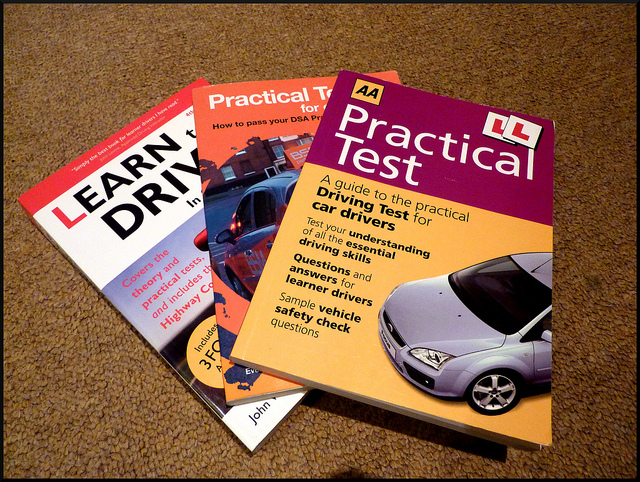This week marks 80 years since the first UK driving test
- Details
- Created: 05 June 2015
On 1st June 1935 the UK driving test was made compulsory, to be able to (legally) drive a vehicle on UK roads you had to take and pass the new test.
The test was originally introduced in an attempt to try and reduce the number of deaths occurring on UK roads. In 1934 there were around 1.5 million cars on the road with over 7,000 deaths in road related incidents.
In 1936, one year after the test was introduced the number of deaths had fallen by 1,000, proving that the test was an enforceable way of making the UK's roads safer.
The driving test has evolved over the years, with several elements being removed as well as the introduction of some new test criteria:
- The turn in the road and reversing are still included from the original test
- In 1975 the test hopefuls were no longer asked to show hand signals
- 1996 announced the inclusion of a separate theory test that would need to be passed
- A hazard perception element (using videos to test candidate's awareness of hazards) was added to the theory test in 2002 and has been credited with a reduction of road accidents by around 11%
- 2010 saw the introduction of the 'independent driving' section of the test, where candidates had to show that they could drive for 10 minutes without any instructions or advice from the examiner
- The video footage used in the hazard perception test was replaced with CGI elements in January 2015, offering a more diverse range of hazards and driving environments
Driver and Vehicle Standards Agency Chief Executive Alastair Peoples has said, "The driving test has adapted over the years to stay up to date with modern driving, and we continue to keep it under review to ensure it is as relevant and effective as possible."
Peoples also added, “We have already made the test more representative of real life driving by requiring candidates to show they can drive safely without constant directions from their examiner."
A rite of passage
Much to the dismay of many a mother across the UK, the driving test is one of the defining moments in a teenagers life, an opportunity for them to spread their wings and become more independent and offering a degree of freedom not often experienced until after taking ownership of their first vehicle.
The UK has a proud tradition of showing innovation where the driving test is concerned, helping to continually make UK roads safer and more accessible through diligent observation by test examiners and first rate instruction by driving instructors.
With such a great degree of heritage behind it, the UK driving test has accumulated it's fair share of firsts as well as defining moments, some of which we take a look at below:
- The first person to pass the driving test was Mr R Beere in 1935, of which he paid the princely sum of 7/6d (37.5p) to take
- During the duration of World War 2 the test was suspended and wasn't reinstated until November 1946
- In 1935 the pass rate for the test was 63% compared the 47% in 2014
- Around 50 million tests have been taken in Great Britain since 1935
To be able to drive on UK roads it is compulsory to take and pass the UK driving test. It is also illegal to drive without the correct insurance for your vehicle, this means that if you own and drive a van on UK roads you need to have van insurance or you face the risk of obtaining points on your license or even being banned from driving - which would be a shame after you worked so hard to pass your driving test!








